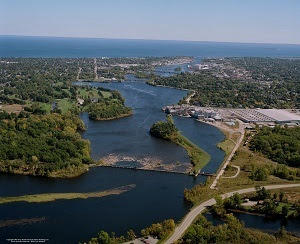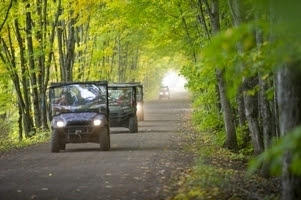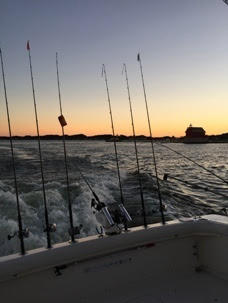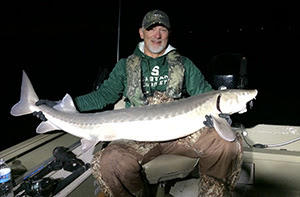More than 2,000 pounds of live, illegal red swamp crayfish recently were seized by Department of Natural Resources conservation officers – the largest aquatic invasive species seizure by the Michigan DNR.
Red swamp crayfish are prohibited in both Michigan and Canada. They burrow and create shoreline erosion, creating instability. Additionally, they compete with native crayfish, reducing the amount of food and habitat available for amphibians, invertebrates and juvenile fish.
Conservation officers in St. Clair County were notified Friday, July 13, by U.S. Customs and the U.S. Fish and Wildlife Service when a commercial hauler transporting red swamp crayfish was denied entry into Canada and would be returning to Michigan. The commercial hauler was stopped by Canadian officials at the Sarnia, Canada, border crossing in an attempt to leave the United States.
“Our officers have great working relationships with professional law enforcement partners across the U.S. and Canada. This is a fine example of how important those relationships are in protecting Michigan’s natural resources,” said Chief Gary Hagler, DNR Law Enforcement Division.
Assisted by customs officials, DNR conservation officers stopped the truck and obtained 55 bags of live crayfish. After interviewing the driver, the officers learned the truck originated from Canada and made stops in Maryland and Arkansas to pick up cargo prior to attempting its return to Canada. The driver did not have appropriate records, other than a few purchase receipts. DNR Law Enforcement Division’s Great Lakes Enforcement Unit is conducting further investigation. It currently is unknown if any stops or sales were made in Michigan.
The first concern regarding red swamp crayfish in Michigan was in 2013, when conservation officers learned the illegal crayfish was being used as bait in southwest Michigan. The first live infestations in Michigan were detected and reported in 2017. Confirmed infestations include locations in southeast Michigan.
Native in southeast states of the U.S., red swamp crayfish are the most widespread invasive crayfish in the world, and often are used in classrooms as teaching tools and at food festivities such as crayfish boils. Any possession of live red swamp crayfish in Michigan is illegal. The DNR is working to increase awareness and reporting of the illegal crayfish, in addition to removing infestations from confirmed locations.






